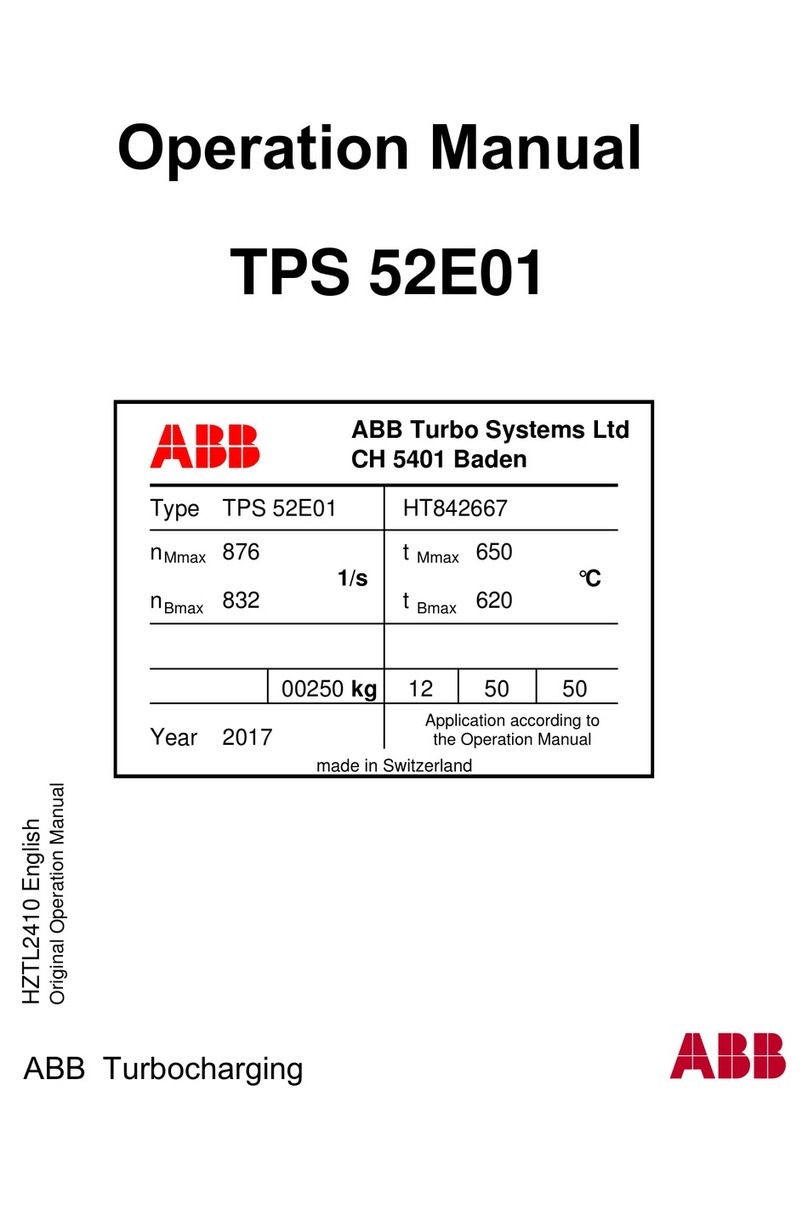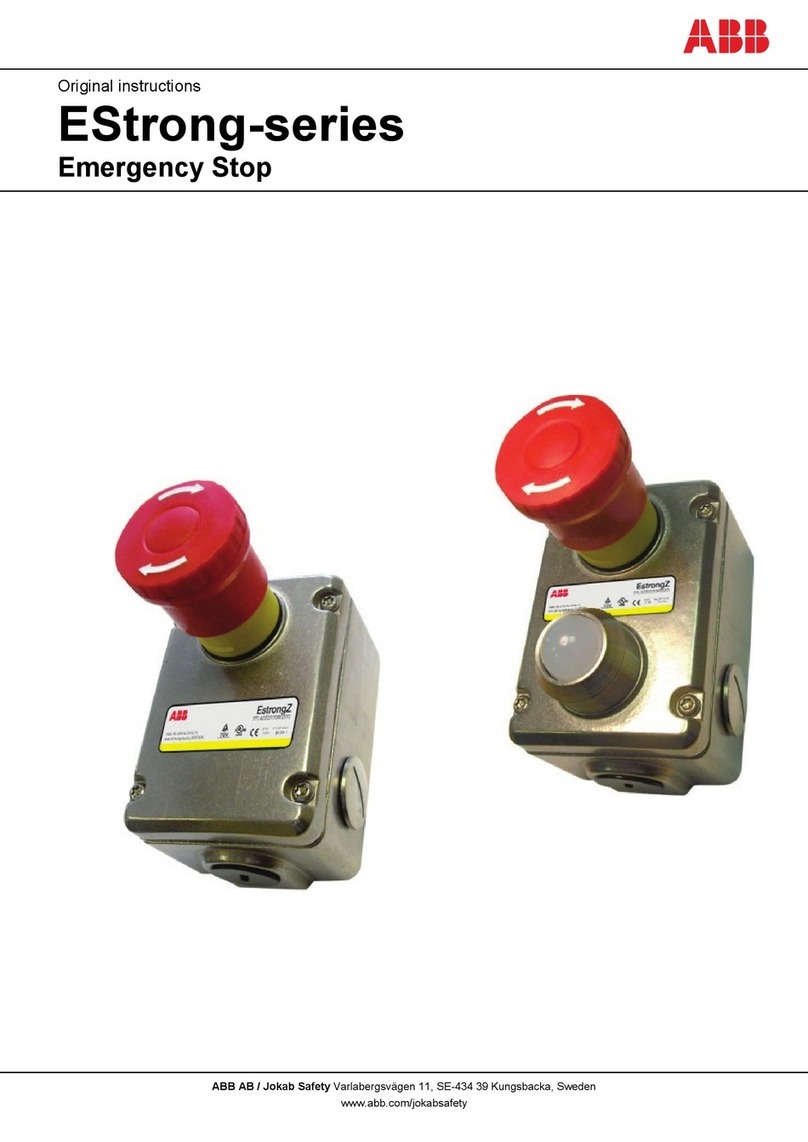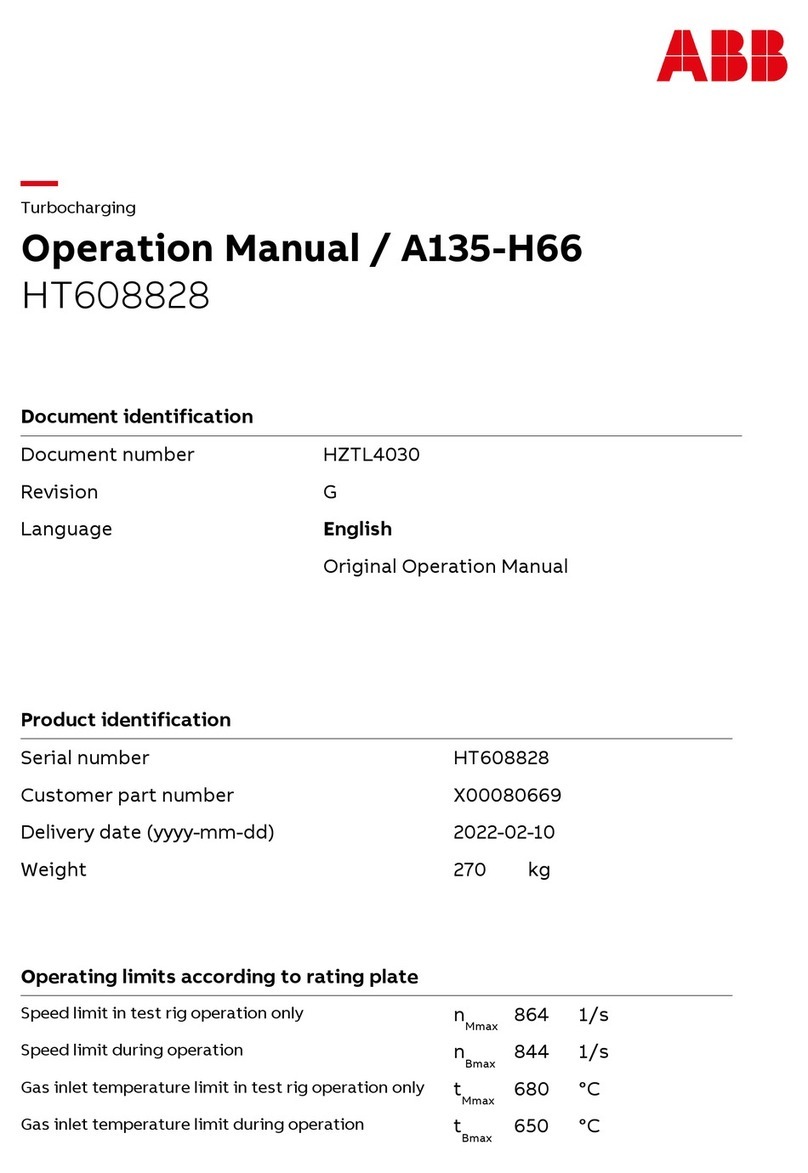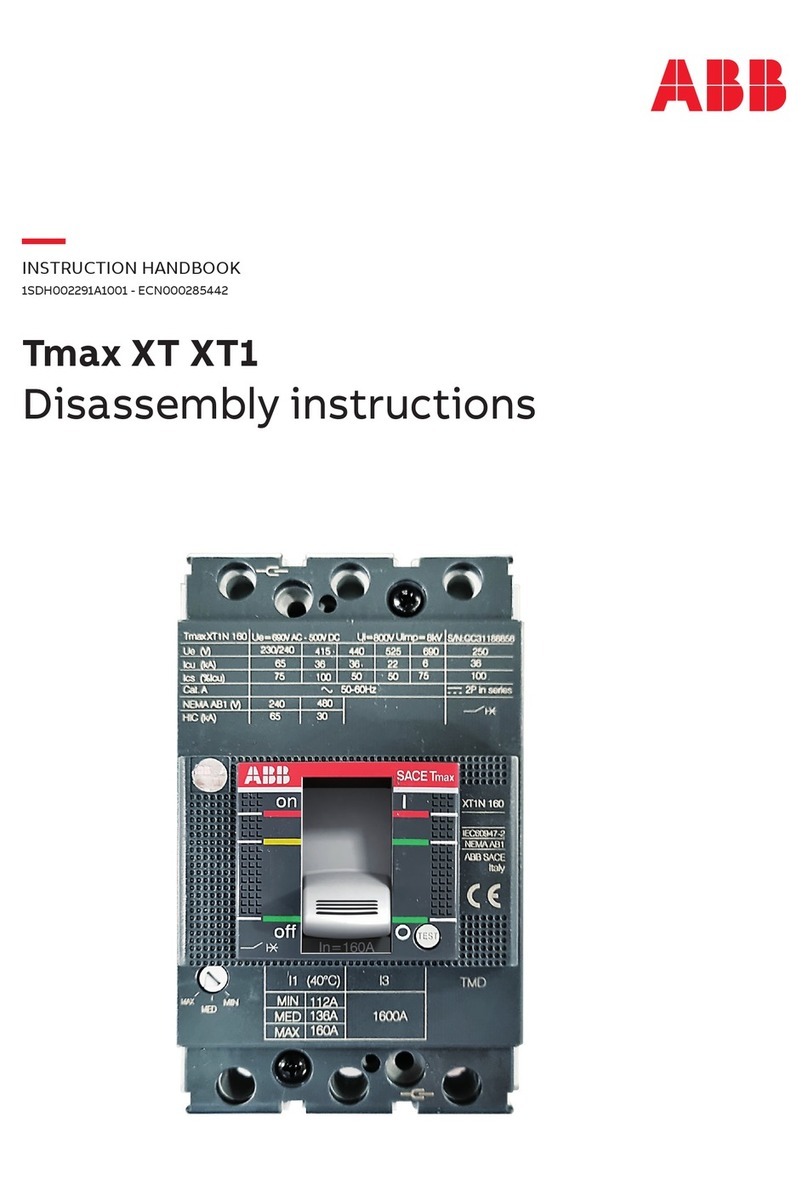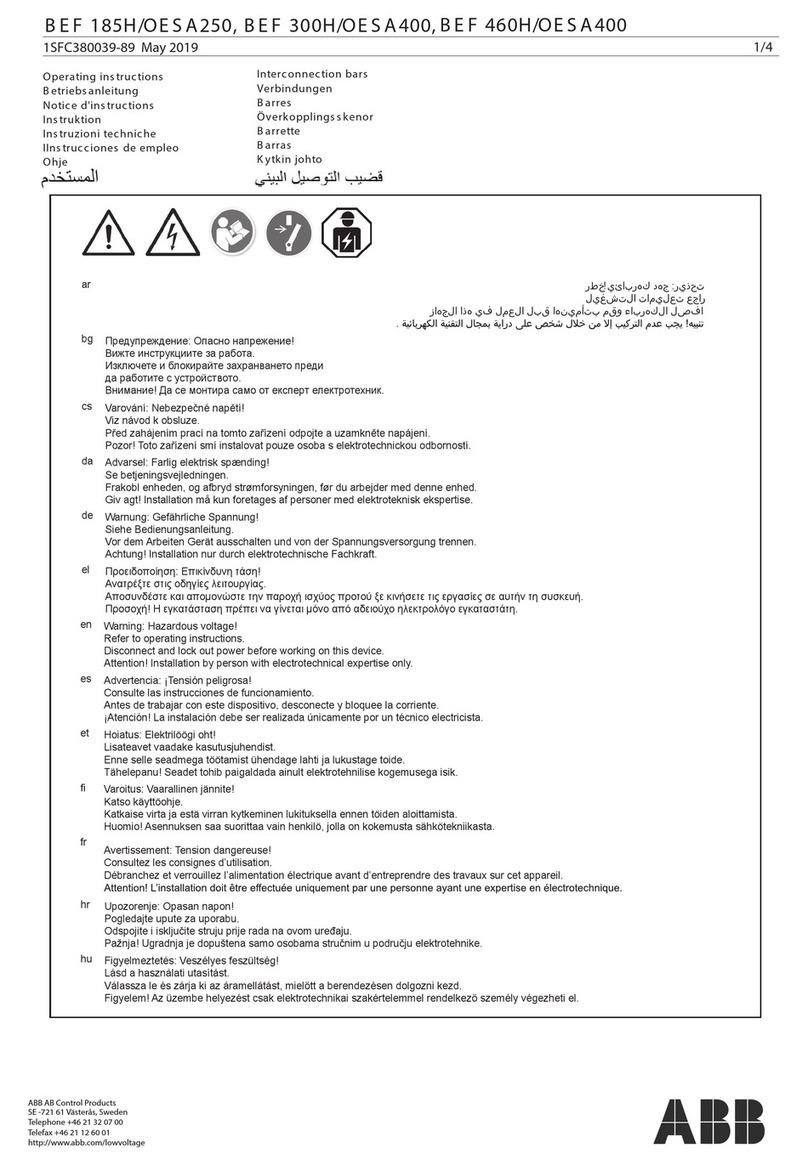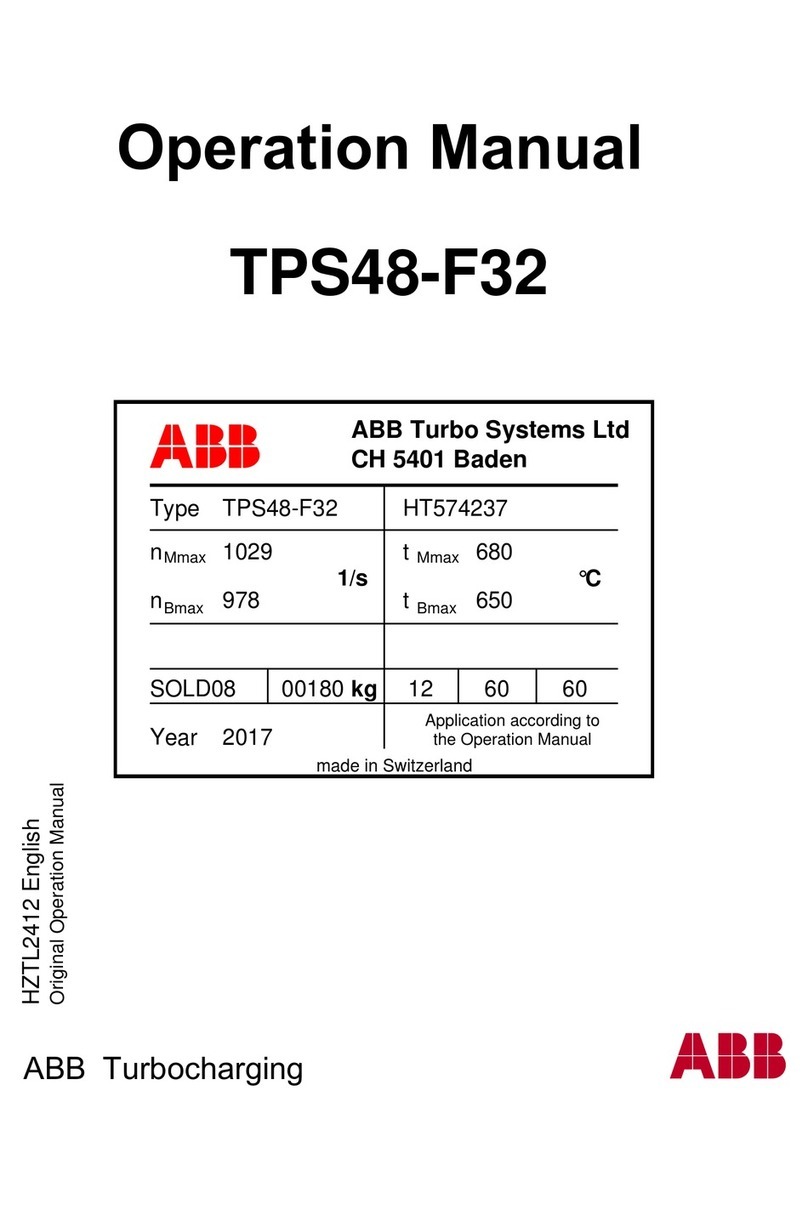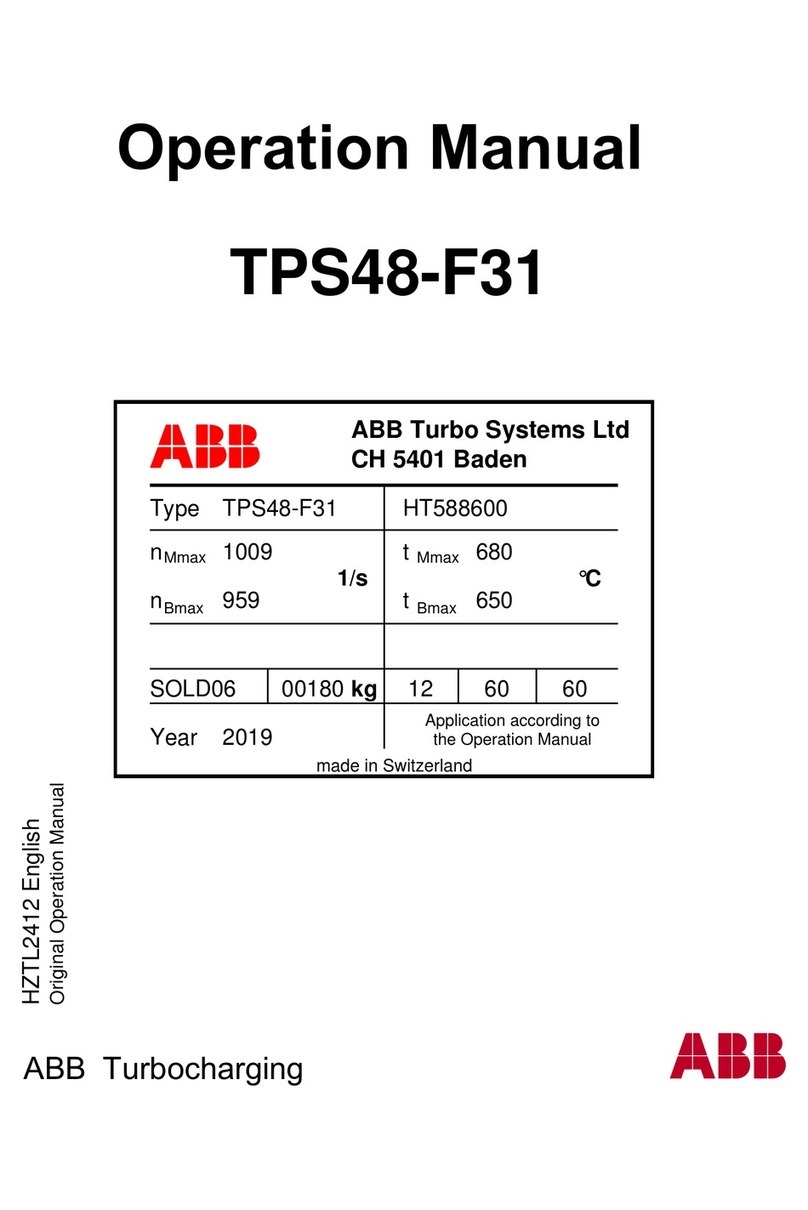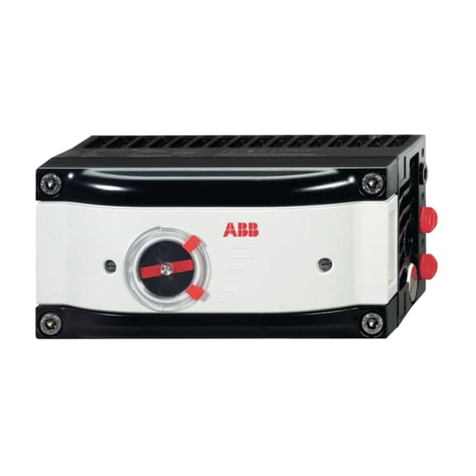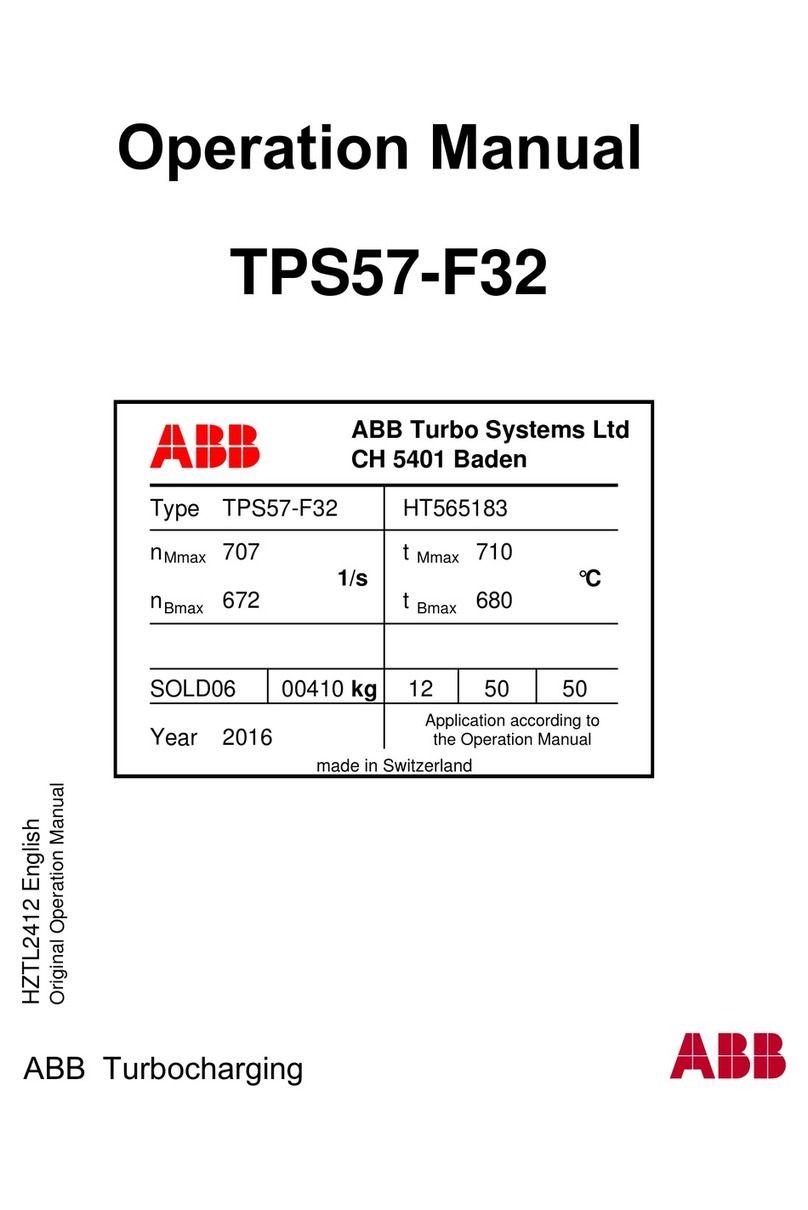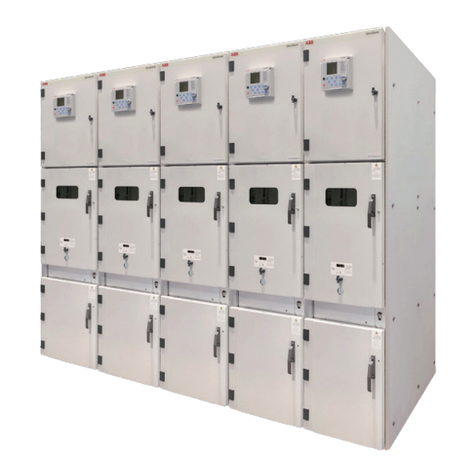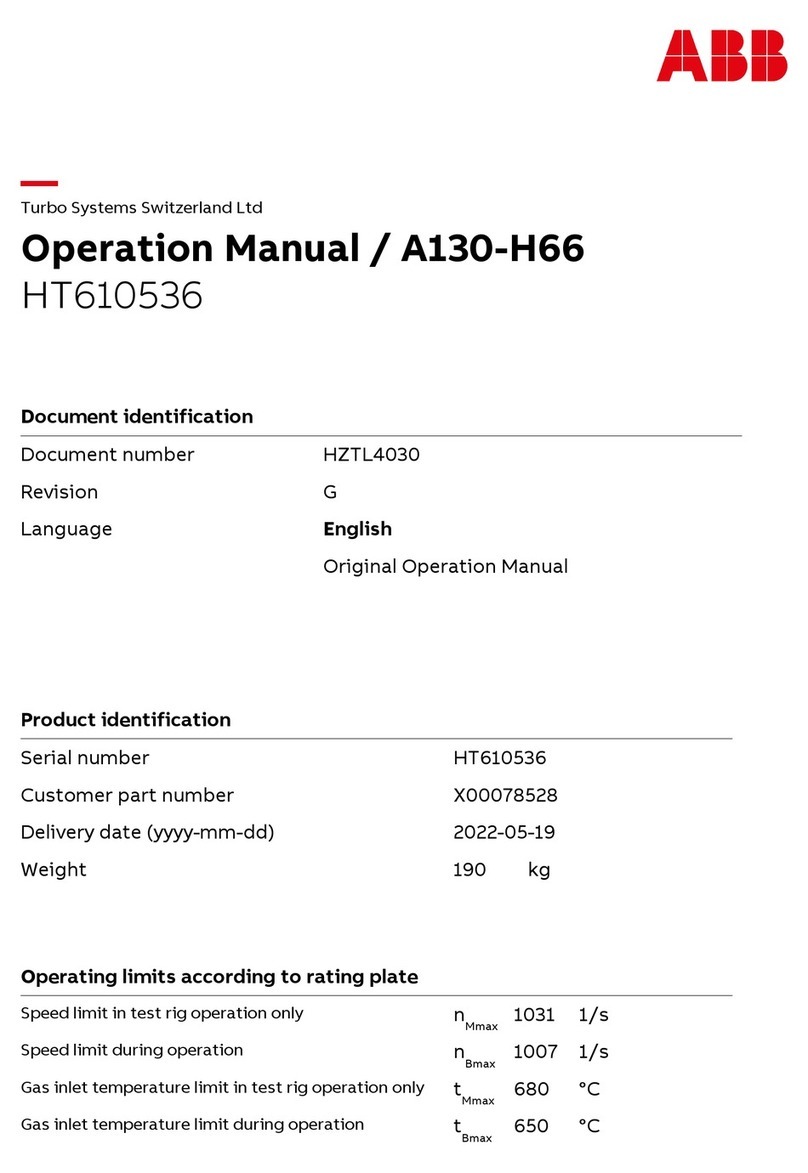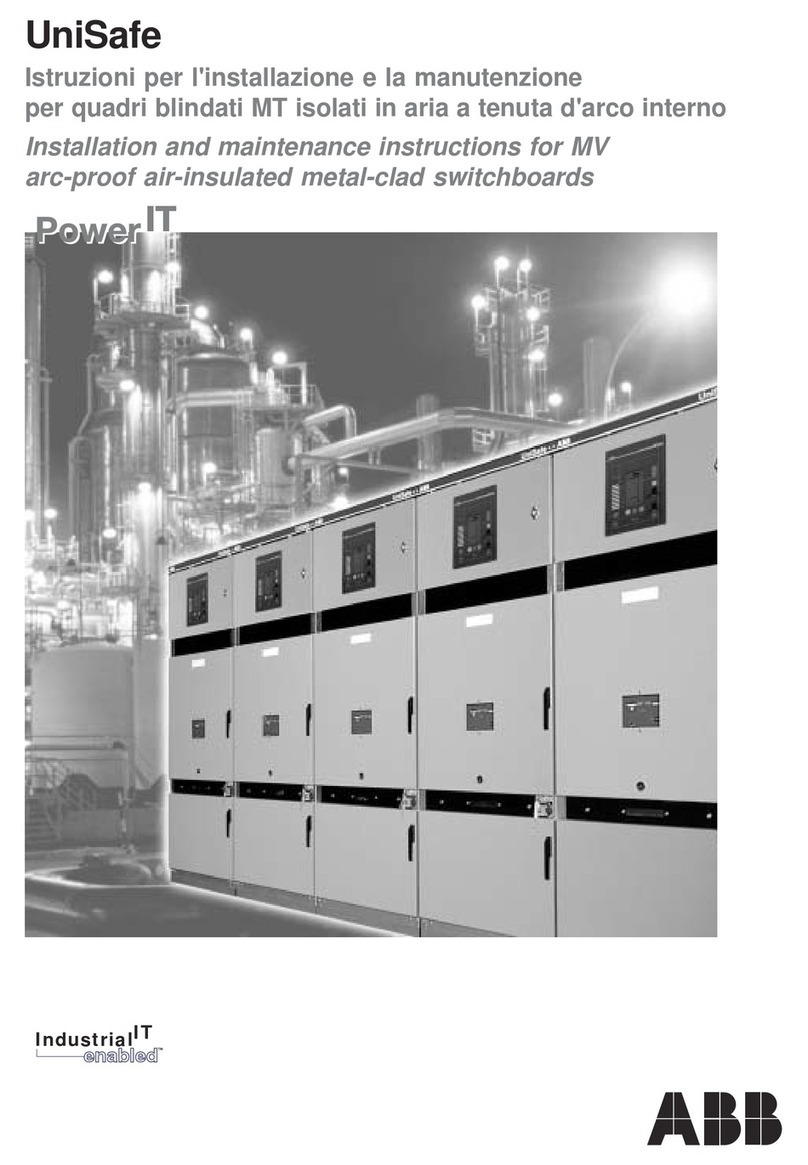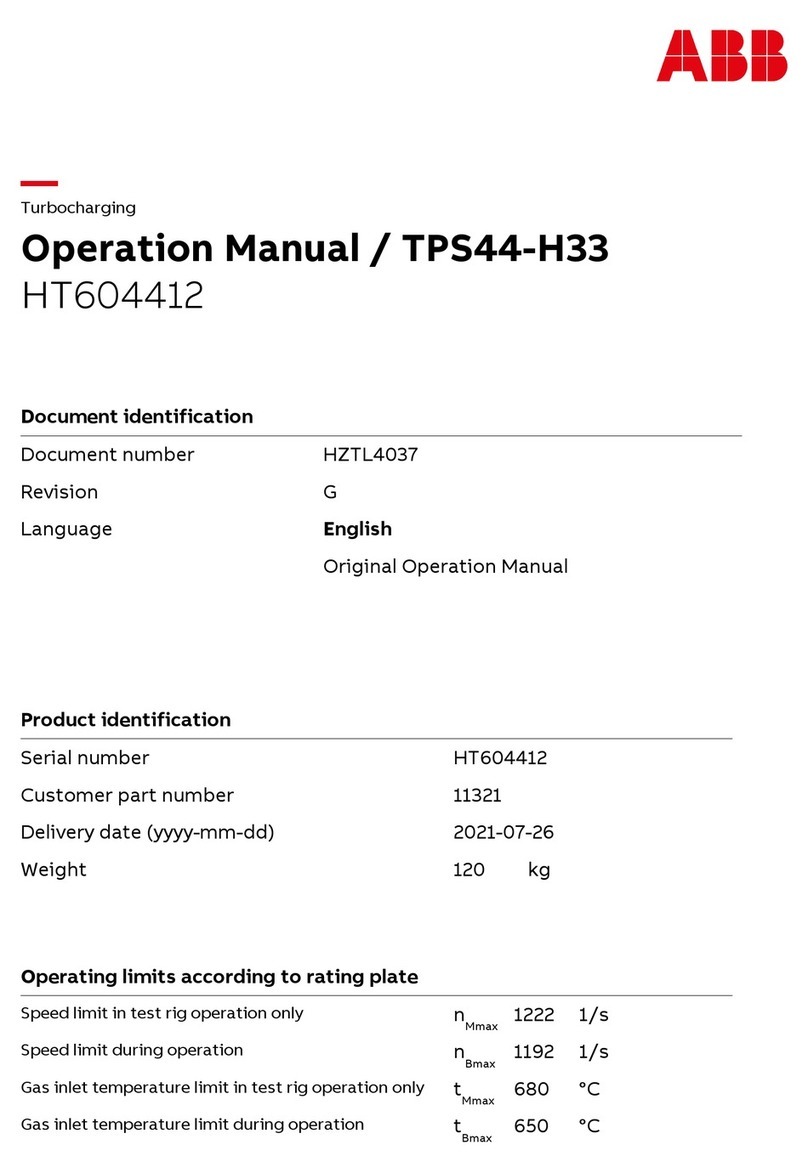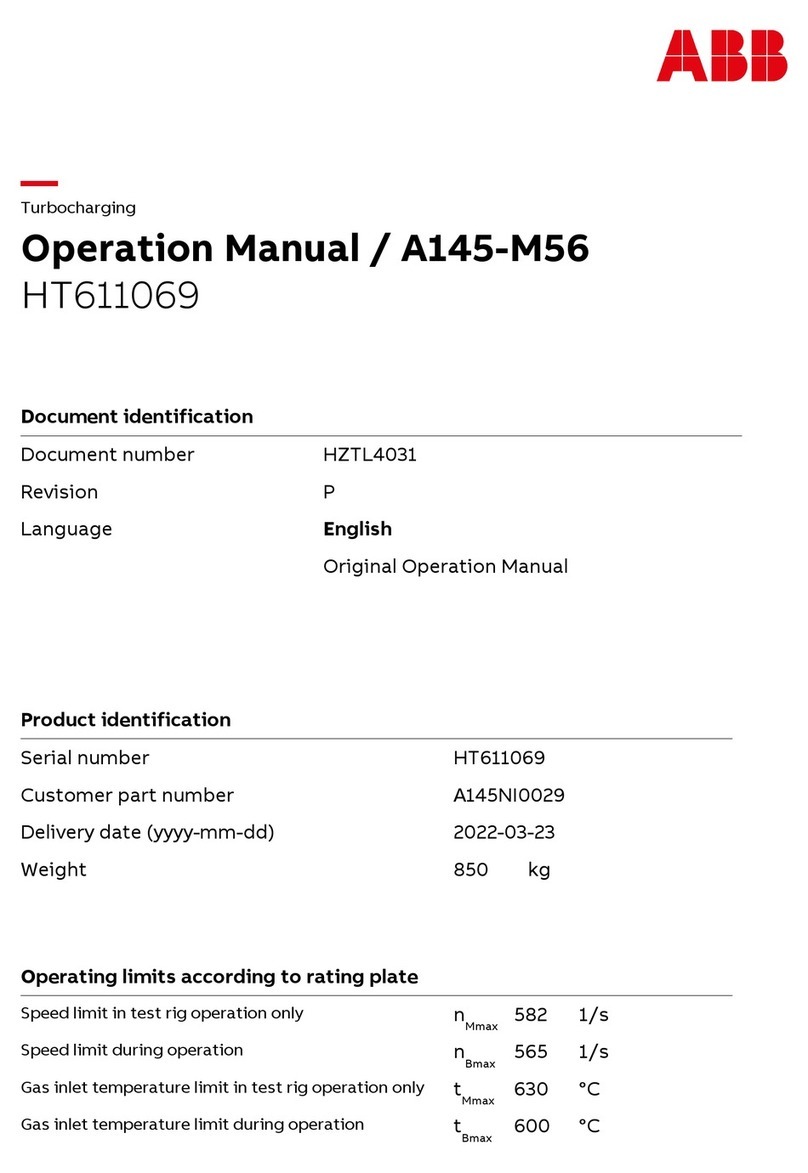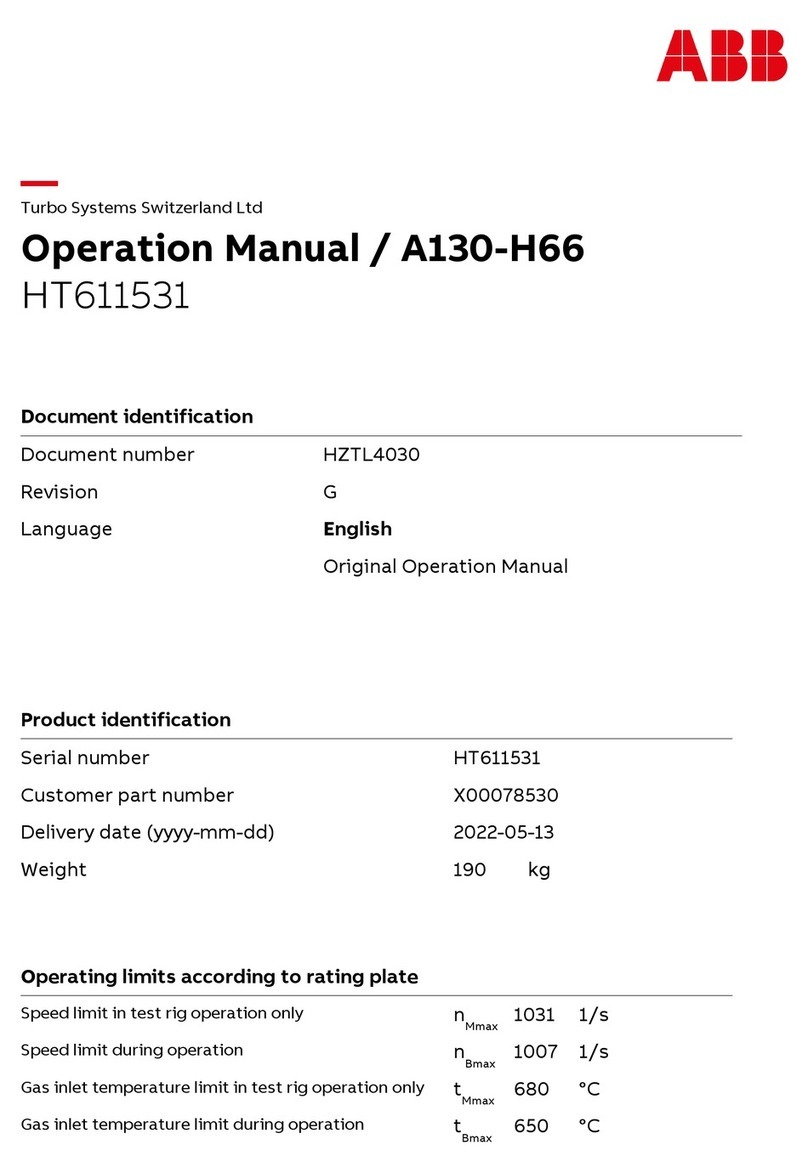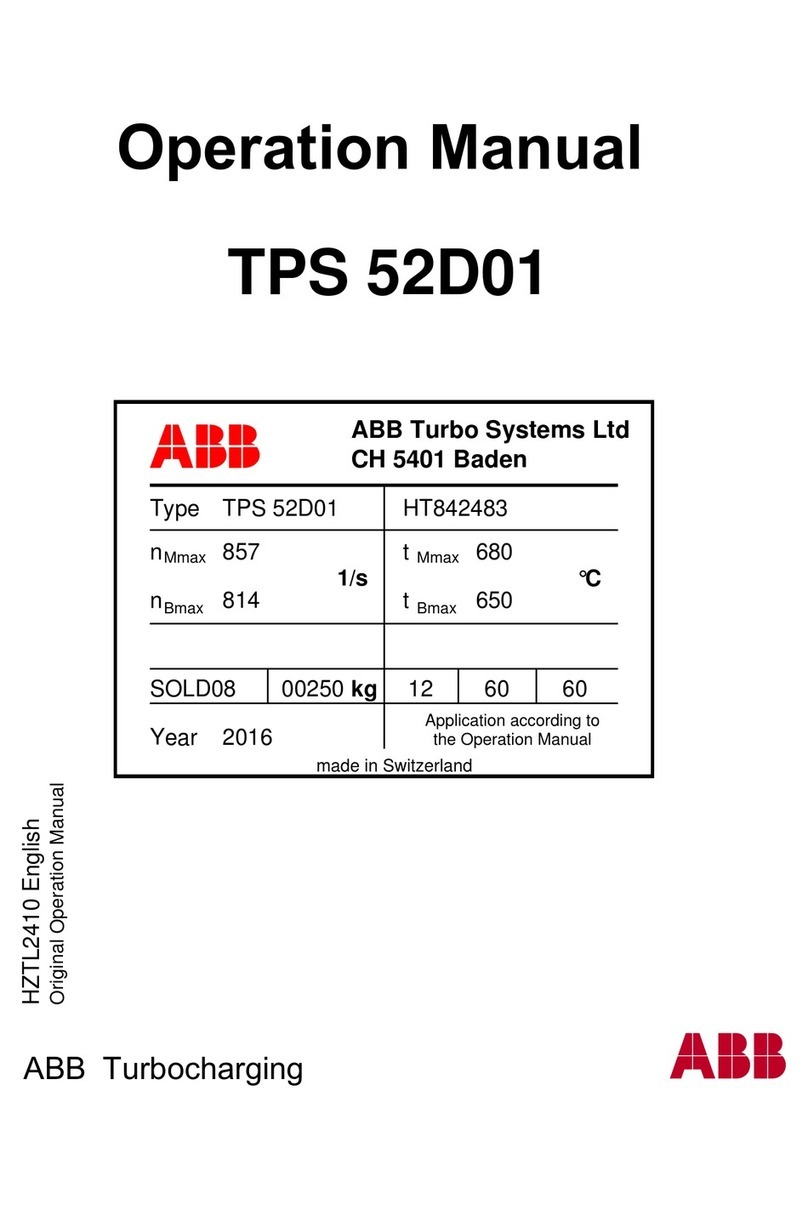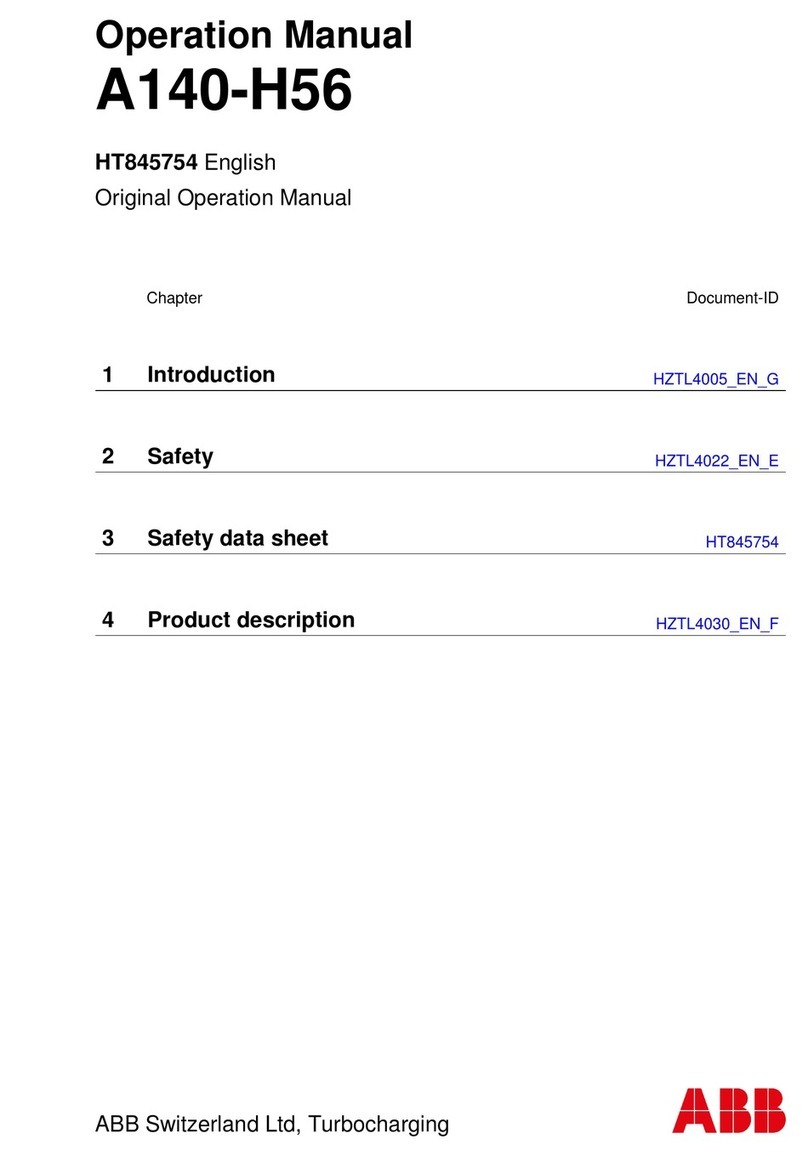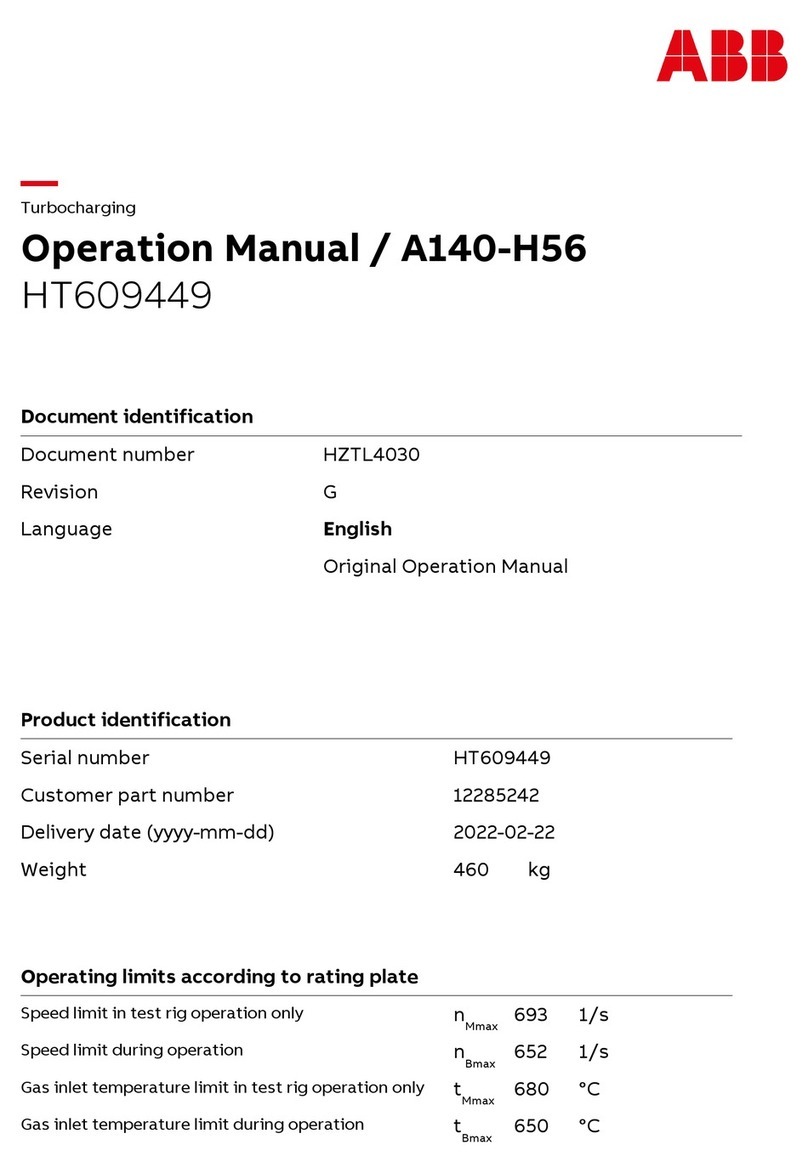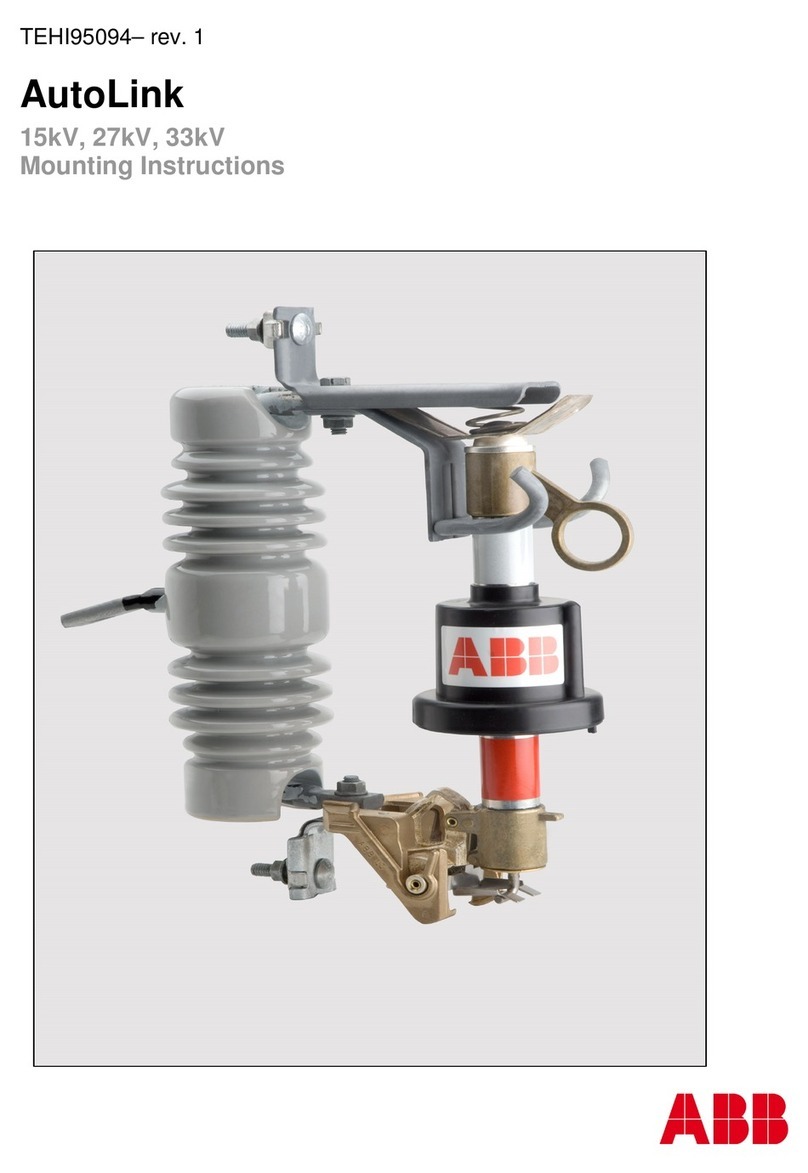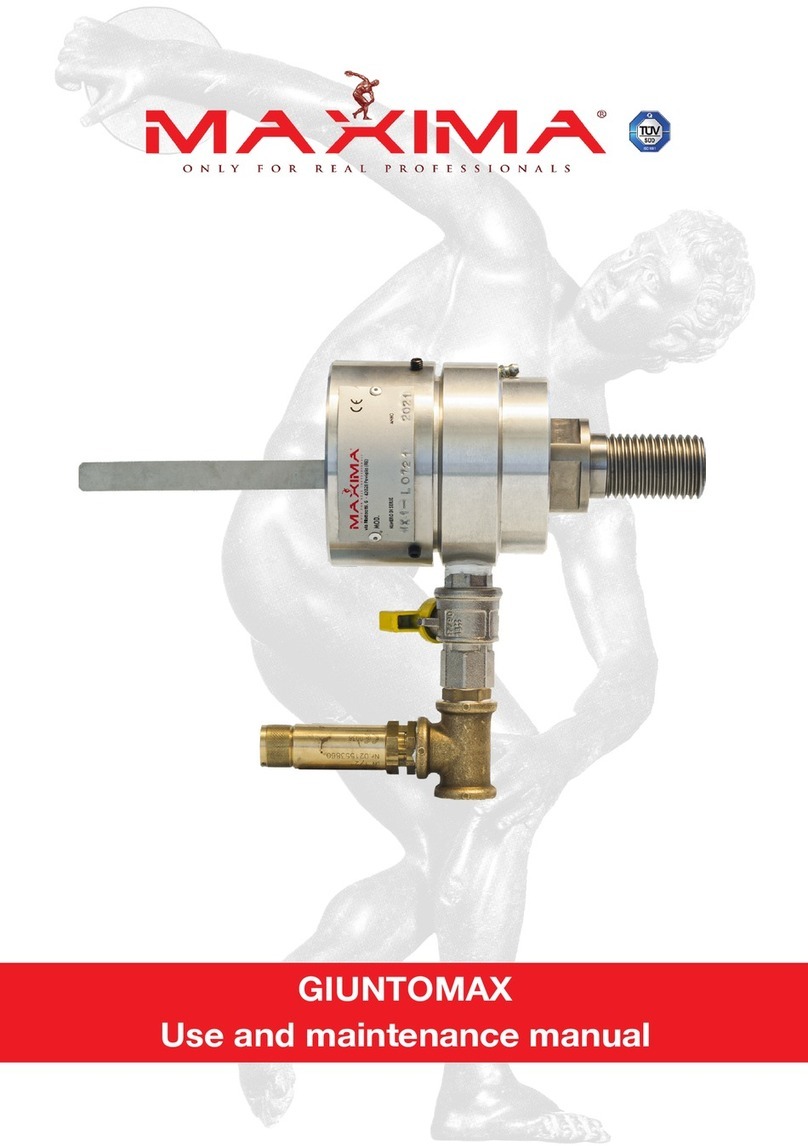
Table of contents
1 Mechanical installation
7Contents of this chapter ........................................................................
7Examining the installation site ................................................................
7Necessary tools ...................................................................................
8Examining the delivery ..........................................................................
9Moving and unpacking the drive ..............................................................
9Moving the drive in its packaging .........................................................
9Lifting the crate with a forklift .........................................................
10Lifting the crate with a crane ...........................................................
11Moving the crate with a forklift ........................................................
11Removing the transport package .........................................................
12Moving the unpacked drive cabinet .......................................................
12Lifting the cabinet with a crane ........................................................
13Moving the cabinet on rollers ...........................................................
13Moving the cabinet on its back .........................................................
14Final placement of the cabinet .........................................................
15Attaching the cabinet to the floor and wall or roof ... .. .. .. .. .. .. .. .. .. .. .. .. .. .. .. .. .. ..
15General rules ...................................................................................
16Attaching the cabinet (non-marine units) ...............................................
16Alternative 1 – Clamping .................................................................
17Alternative 2 – Using the holes inside the cabinet .. .. .. .. .. .. .. .. .. .. .. .. .. .. .. .. ..
18Attaching the cabinet (marine units) .....................................................
19Joining cabinet sections together ............................................................
23Miscellaneous .....................................................................................
23Cable duct in the floor below the cabinet ................................................
23Arc welding .....................................................................................
23Air inlet through the bottom of the cabinet (option +C128) .. .. .. .. .. .. .. .. .. .. .. .. .
24Air outlet duct on the cabinet roof (option +C130) ....................................
25Calculating the required static pressure difference .. .. .. .. .. .. .. .. .. .. .. .. .. .. .. .
26Lifting lugs and bars .............................................................................
26Certificate of conformity ....................................................................
26Declarations of conformity .................................................................
Further information
Table of contents 5
